The Project is hosted at GiHub and all source code can be found here: https://github.com/leswright1977/PySpectrometer
The PySpectrometer is a Python (OpenCV and Tkinter) implementation of an optical spectrometer. The motivation beind this project was to build a tool that could measure the wavelength of home-made Dye Lasers and perform some fluorescence spectroscopy. Most importantly at a cost that is in reach of everyone!
The hardware is simple and widely avilable and so should be easily to duplicate without critical alignment or difficult construction. The hard work was developing the software.
Resolution/accuracy seems to be +/- a couple of nm or so, pretty reasonable for the price of the hardware, especially when you consider the price of commercial components such as the Hamamatsu C12880MA breakout boards which run north of 300 bucks, and has a resolution of 15nm. Of course, this build is physically much larger, but not enormous!
Visit my Youtube Channel at: https://www.youtube.com/leslaboratory
A video of this project specifically is available here:
An explanation of the new software features is here:
The Miniature build video is here:
For those who want a truly miniature Spectrometer, the software runs on the Raspberry Pi Zero 2W!
Hardware
The hardware consists of:
A commercial Diffraction grating Spectroscope https://www.patonhawksley.com/product-page/benchtop-spectroscope
A Raspberry Pi Camera (with an M12 Thread) https://thepihut.com/products/raspberry-pi-camera-adjustable-focus-5mp
A CCTV Lens with Zoom (M12 Thread) (Search eBay for F1.6 zoom lens)
Everything is assembled on an aluminium base (note the Camera is not cooled, the heatsink was a conveniently sized piece of aluminium.)

For the MINIATURE version the hardware is:
A commercial Diffraction grating Pocket Spectroscope: https://www.patonhawksley.com/product-page/pocket-spectroscope
A Raspberry Pi Camera (with an M12 Thread): https://thepihut.com/products/raspberry-pi-camera-adjustable-focus-5mp
M12x0.5 F2.0 Fixed 12mm Focal length Lens: https://www.ebay.co.uk/itm/114551239930
***Assembly***
For either version:
Mount the lens onto the picamera. Mount the Picamera and Lens in such a way that it "looks down the barrel" of the spectroscope.
Refer to the above photographs for example mounts.
Point the spectromter at a light source and preview with a utility such as raspistill.
Use the command: raspistill -t0 for a live view.
Adjust the lens so the spectrum is in focus and rotate the sectroscope so the spectrum is aligned horizontally. The blue end should be on the left and the red on the right.
***Installation***
Developed and tested on: 2021-01-11-raspios-buster-armhf-full.img for anything else your milage may vary!
Rasberry pi 4 and PiCamera Recommended.
(Note the software uses the Linux Video Driver, not the Picam Python module. As a consequence it will work with some webcams on probably any Linux box (Tested on Debian with a random webcam))
First attach the Picam, and enable it with raspi-config
Install the dependencies:
sudo apt-get install python3-opencv
sudo apt-get install python-dev libatlas-base-dev
pip3 install scipy
pip3 install peakutils
Run the program with: python3 pyspectrometer-v1.py
To calibrate, shine 2 Lasers of known wavelength (He-Ne, Argon or DPSS recommended! (Diode Lasers can have wavelengths that can be +/- several nm!)) at a piece of card in front of the spectrometer.
Click the two peaks on the graph, and in each of the boxes enter the corresponding wavelength. Then hit 'Calibrate'. In this example I have Calibrated with 532nm (DPSS) and 633nm He-Ne. The Scale and lablels will then adjust to match your values.
For good accuracy make sure your wavelengths are quite far apart, ideally one at the red end and one at the blue end
Alternatively, you may use a Fluorescent tube (or any other...
Read more » LesWright
LesWright






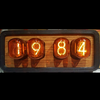


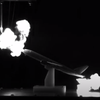
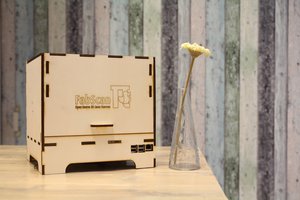
 Mario Lukas
Mario Lukas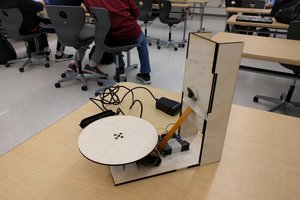
 Eric Link
Eric Link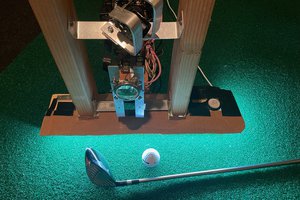
 James Pilgrim
James Pilgrim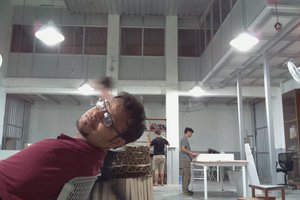
 Rishi Bhatnagar
Rishi Bhatnagar
does it work with pico???